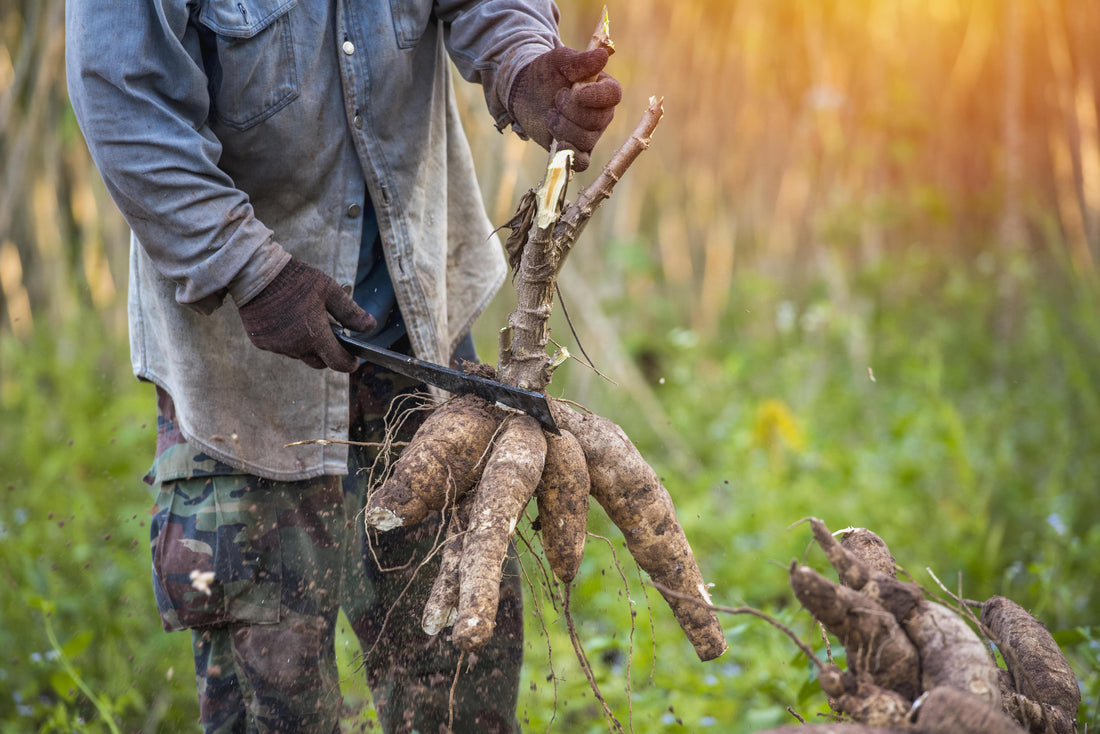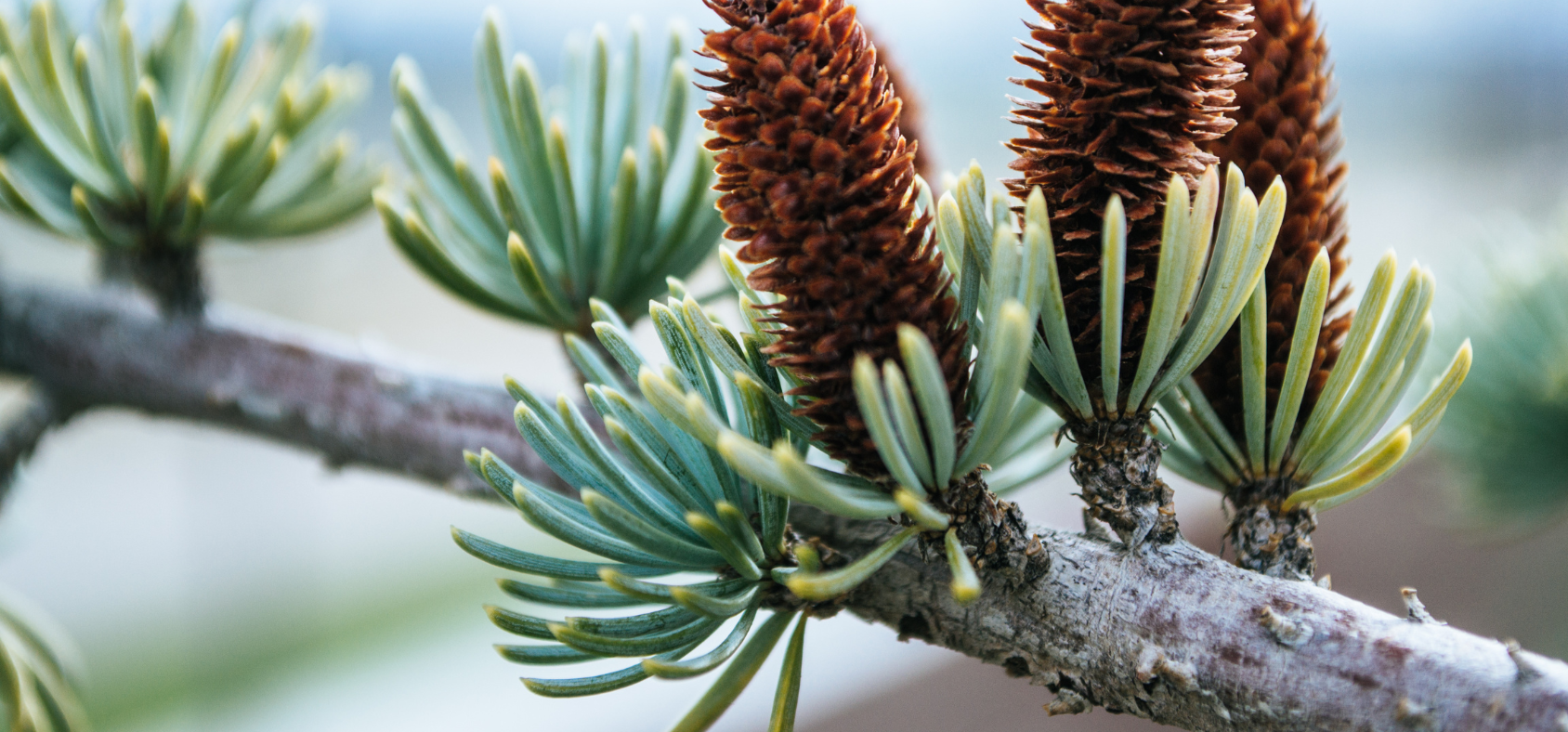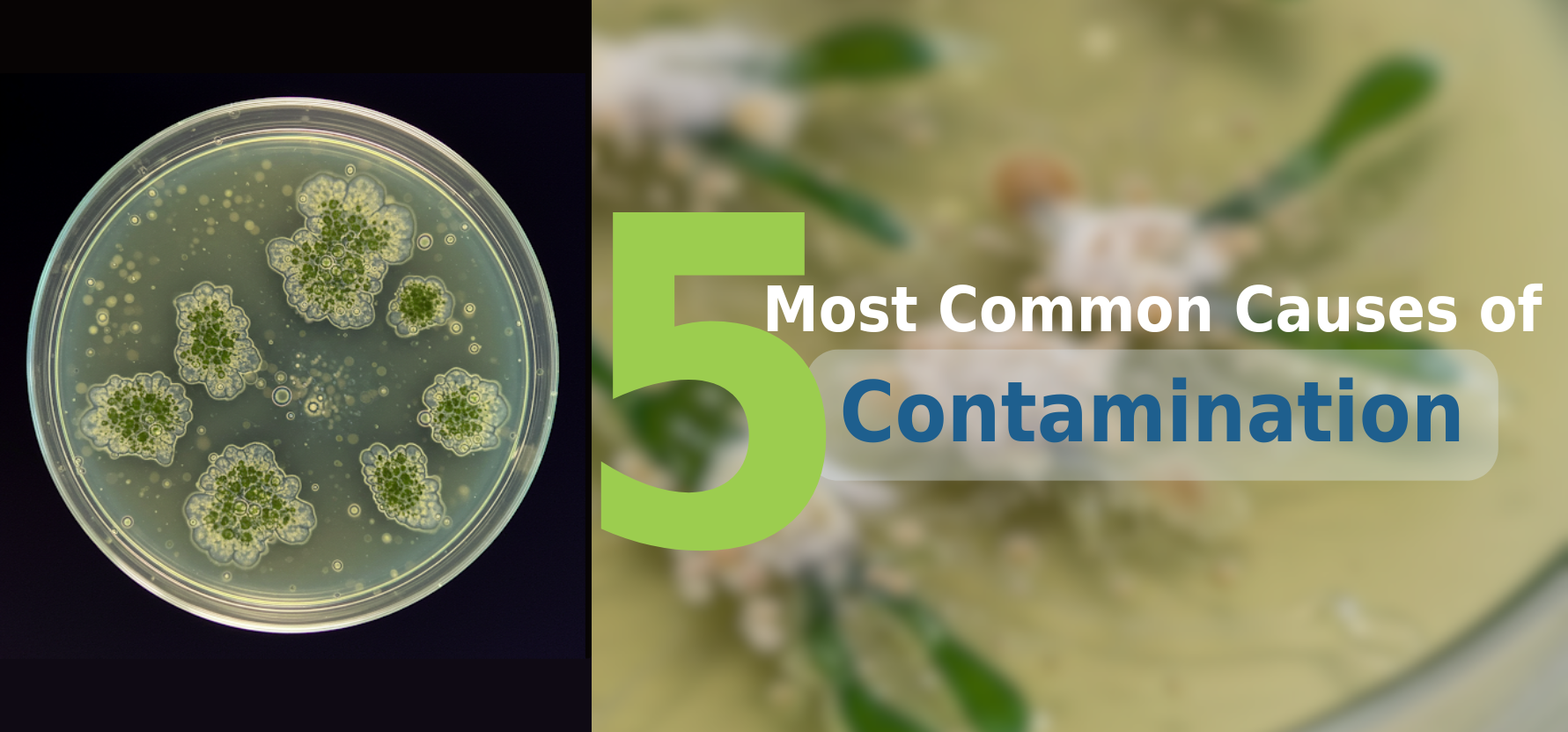
The Application of Cassava Tissue Culture
As a content and community manager, I leverage my expertise in plant biotechnology, passion for tissue culture, and writing skills to create compelling articles, simplifying intricate scientific concepts, and address your inquiries. As a dedicated science communicator, I strive to spark curiosity and foster a love for science in my audience.


History of Cassava
Cassava, also known as manioc, mandioca, and yucca, is the fourth largest carbohydrate food in the tropical areas after maize and rice. It originated from Brazil and tropical areas of America. It fulfills the food requirement of over half a billion people and a major staple food in developing worlds. Nigeria is the largest producer of Cassava and Thailand the largest exporter.
Cassava is popular for its starch-filled roots and its nutritional foliage. Since its domestication, Cassava has been around 10,000 years. Today, Cassava and Cassava-derived products are not only used for animal or human consumption but are also in heavy demand for industrial needs.
This article is all about Cassava plants, their application, and tissue culture methods to grow these plants in artificial conditions. So, let’s dig in!!
More About Cassava
The scientific name of Cassava is Manihot esculenta. It’s a perennial shrub belonging to the family of Euphorbiaceae. The Euphorbiaceae family is home to other beneficial members including rubber (Hevea brasiliensis), castor oil (Ricinus communis L.), tung oil (Aleurites fordii), euphorbia (Euphorbia spp.), and jatropha (Jatropha curcas)
Cassava can stand in different kinds of soil and survive in temperatures ranging from 10°C and 40°C and rainfall between 900 mm and 2000 mm. The cassava root is long, tapered, firm, around 1 mm thick, rough on the outside, and brown. The inside of Cassava is fleshy and chalk-white or yellow in color. Cassava is highly rich in carbohydrates but it’s poor in proteins and other nutrients.
Figure: An image of Cassava.

Credit: Shutterstock
Industrial Application of Cassava
More than 278 million tonnes of Cassava roots are produced globally. But, do you know Cassava roots are bitter and have potential toxicity? That’s why it’s highly recommended that raw Cassava shouldn’t ever be consumed. But, that’s not the case with all the varieties. Some small-root variety of Cassava are sweet and have toxicity completely removed after water processing. The use of Cassava in food or baking is done carefully and thoroughly. Some of the industrial applications of Cassava are given below:
- Several alcoholic beverages are manufactured using Cassava including cauim, tiquira, kasiri, impala, masato, sakura, tarul ko, and many more.
- Cassava is cooked properly for its detoxification and taken in the form of food in bread, cakes, and cookies. It’s a major source of energy and used as a staple food in several poor or developing countries.
- Cassava hay is used as animal feed all over the world.
- Cassava is used to produce ethanol-based biofuels.
- Cassava is also used to manufacture paper, textiles, and glues.
Tissue culture of Cassava
Several problems arise while growing Cassava using conventional techniques. It includes diseases, pests, roots with high cyanide content, low nutritional quality and commercial value of the starch, plant alloploidy, long growth cycle (8-24 months), physiological weakening or degeneration of roots after harvest, and the low fertility of Cassava.
These problems can be overcome by using the advanced tissue culture technique. It allows to grow the plants in large numbers irrespective of their seasons, helps to shorten the life cycle of plants, and grow them completely free of disease.
Given below is a protocol to grow disease-free Cassava using node explant. The study is taken from Abdalla, Neama & Ragab, Mohamed & El-Miniawy, Salah & Taha, Hussein. (2013). In Vitro Studies on Cassava Plant Micropropagation of Cassava (Manihot Esculenta Crantz.
PRODEDURE
- Collect 1-1.5 nodes from a disease-free plant.
- Surface sterilize the explant by immersing it in 70 % ethanol for 30 sec.
- Rinse the explant four times using sterile water.
- Immerse the explant in 20% clorox solution (contains 5.25% sodium hypochlorite) for 15 minutes.
- Wash the explant thoroughly with four changes of water.
- Culture the explant (node) on half strength Ms basal media 3% (w/v) sucrose and 0.7% agar
- Incubate the cultures at 26±1ºC light condition and sufficient fluorescent light of 1500 lux for 16 hr photoperiod.
- Then transfer the cultures to a fresh multiplication media containing MS-medium, 3% (w/v) sucrose, and 0.7% agar supplemented with 1.0 mg L-1 BA and 0.05 mg L-1 NAA.
- After the shoots reach a significant height, transfer them to a rooting media containing MS-medium, 3% w/v sucrose, and 0.7% agar supplemented with 2.0 mg L-1 IBA.
- Incubate the cultures at 26±1ºC light condition and sufficient fluorescent light of 1500 lux for 16 hr photoperiod.
- When plantlets are developed with four to five leaves transfer them to a temperature-controlled room. It’s the acclimatization stage. Before acclimatization, wash the plants to remove any residual media. Then, transfer the plantlets to a small pot containing Peat moss and sand in a 1:1 ratio.
- Cover the pots with transparent polyethylene bags, then incubated them in a growth chamber at 28ºC for a 16/8 photoperiod and irrigated them every three days.
- After one and a half months, you can transfer the plants to the greenhouse.
LET US KNOW HOW YOUR PLANTS ARE DOING!
Then, your plants are ready!!
We are interested to know what plants are you growing in your lab! We will be happy to feature your in vitro stories on our site. Let us know at info@plantcelltechnology.com if you face any troubles during your tissue culture process. And, don’t forget to check our PCT store to stock up your little lab with all the tissue culture requirements, now!!
Happy culturing!

References
- Abdalla, Neama & Ragab, Mohamed & El-Miniawy, Salah & Taha, Hussein. (2013). In Vitro Studies on Cassava Plant Micropropagation of Cassava (Manihot Esculenta Crantz.
- C. K Nkere and E.N.A. Mbanaso (2009). In Vitro Culture of Cassava (Manihot esculenta Crantz): Assessment of Cassava Starch from Different Varieties as Gelling Agent in Culture Medium. International Journal of Applied Agricultural Research, Volume 4 Number 3 (2009) pp. 261–266. DOI: http://www.ripublication.com/ijaar.htm.
- https://en.wikipedia.org/wiki/Cassava
- https://www.thespruceeats.com/introduction-to-cass...
Blog Categories
View by Level
Popular Blogs

Can We Grow Wood in a Lab? The Future of Tissue Culture in Forestry
Introduction Wood has long been a cornerstone of human civilization—used for shelter, tools, paper, energy, and countless everyday items. However,...
Read More
The 5 Most Common Causes of Contamination in Tissue Culture Labs
Introduction Scaling up your tissue culture production is impossible if you’re constantly battling contamination. Contamination is one of the biggest...
Read MoreSubscribe to Our Newsletter
1 comment
thank you for the knowledge shared the steps are really important.








Join the conversation
Your email address will not be published. Required fields are marked